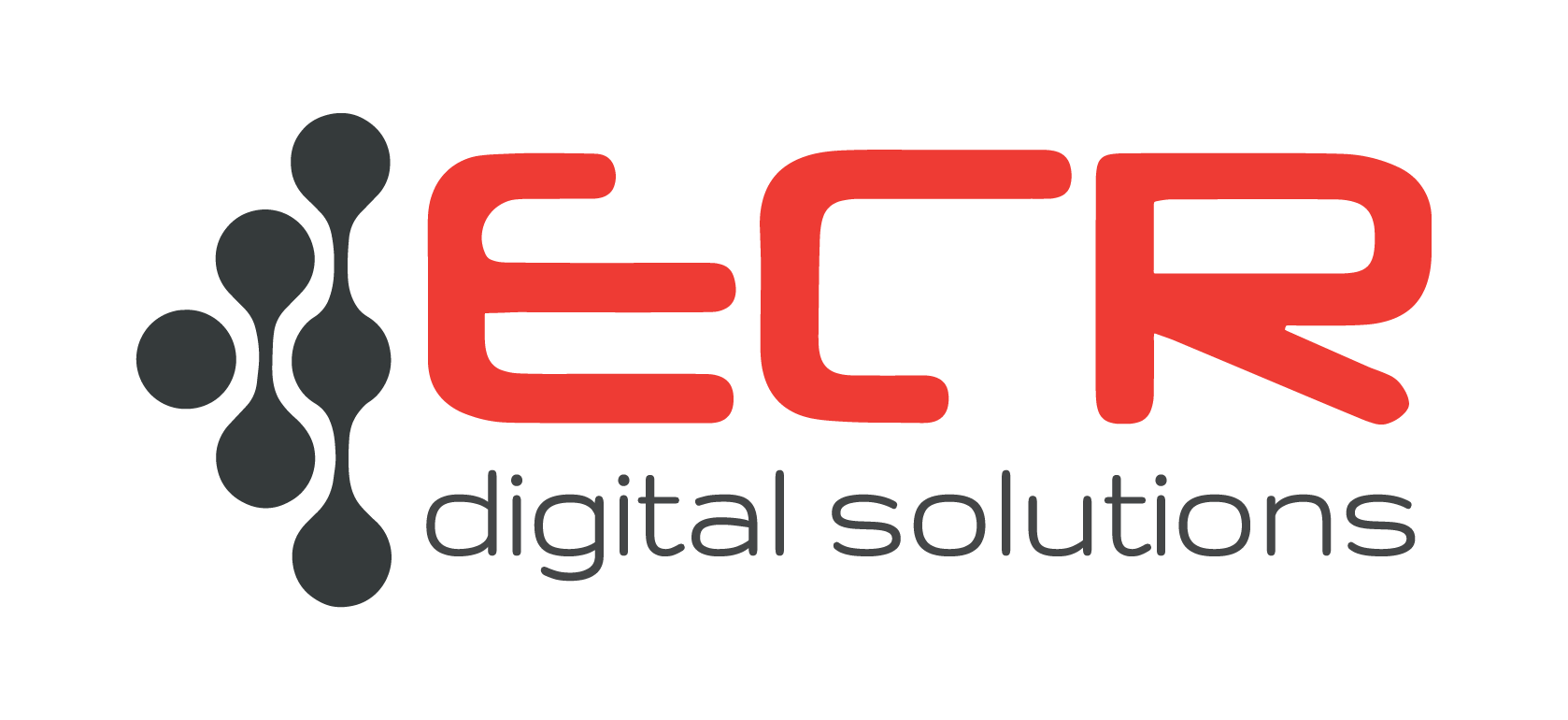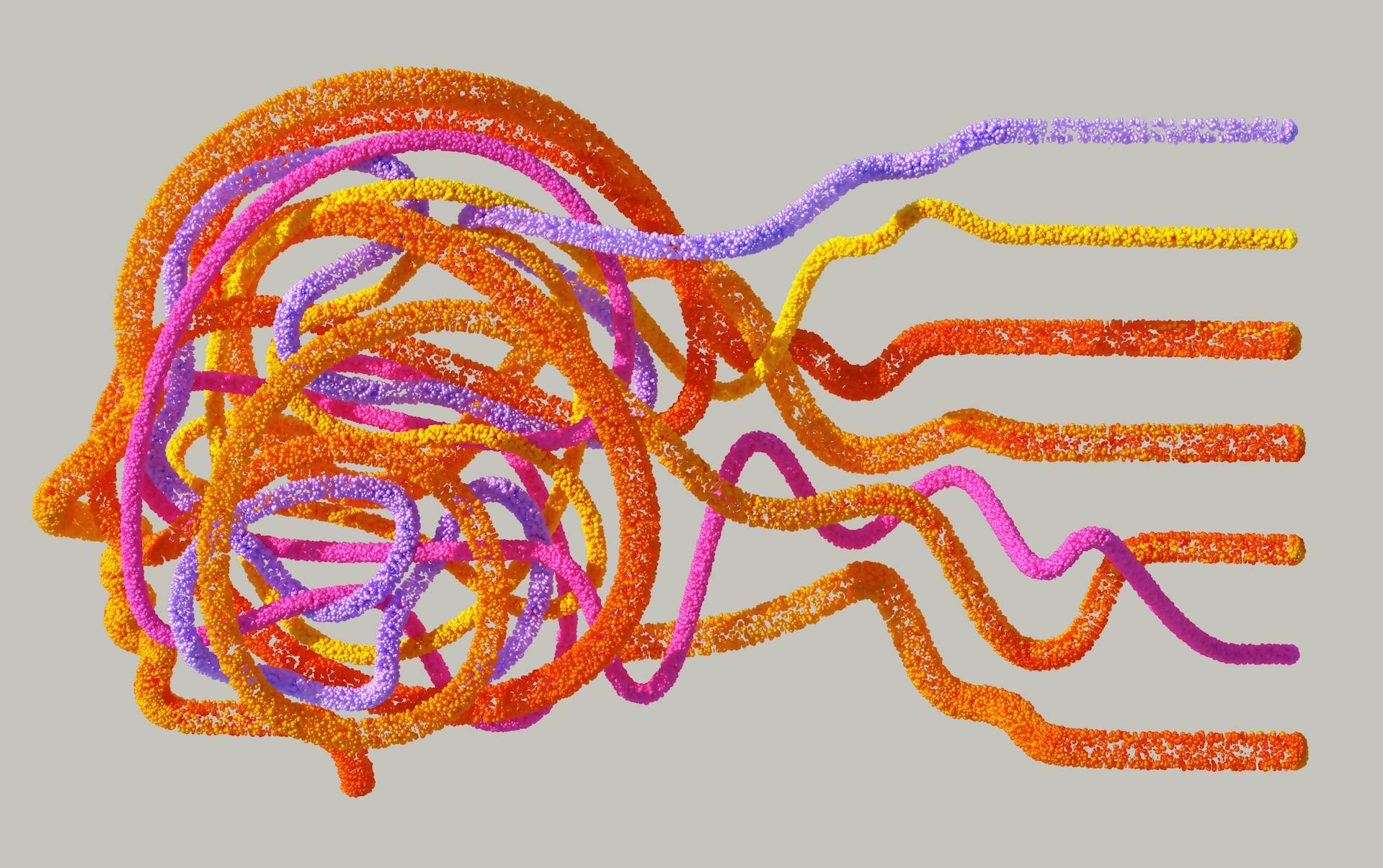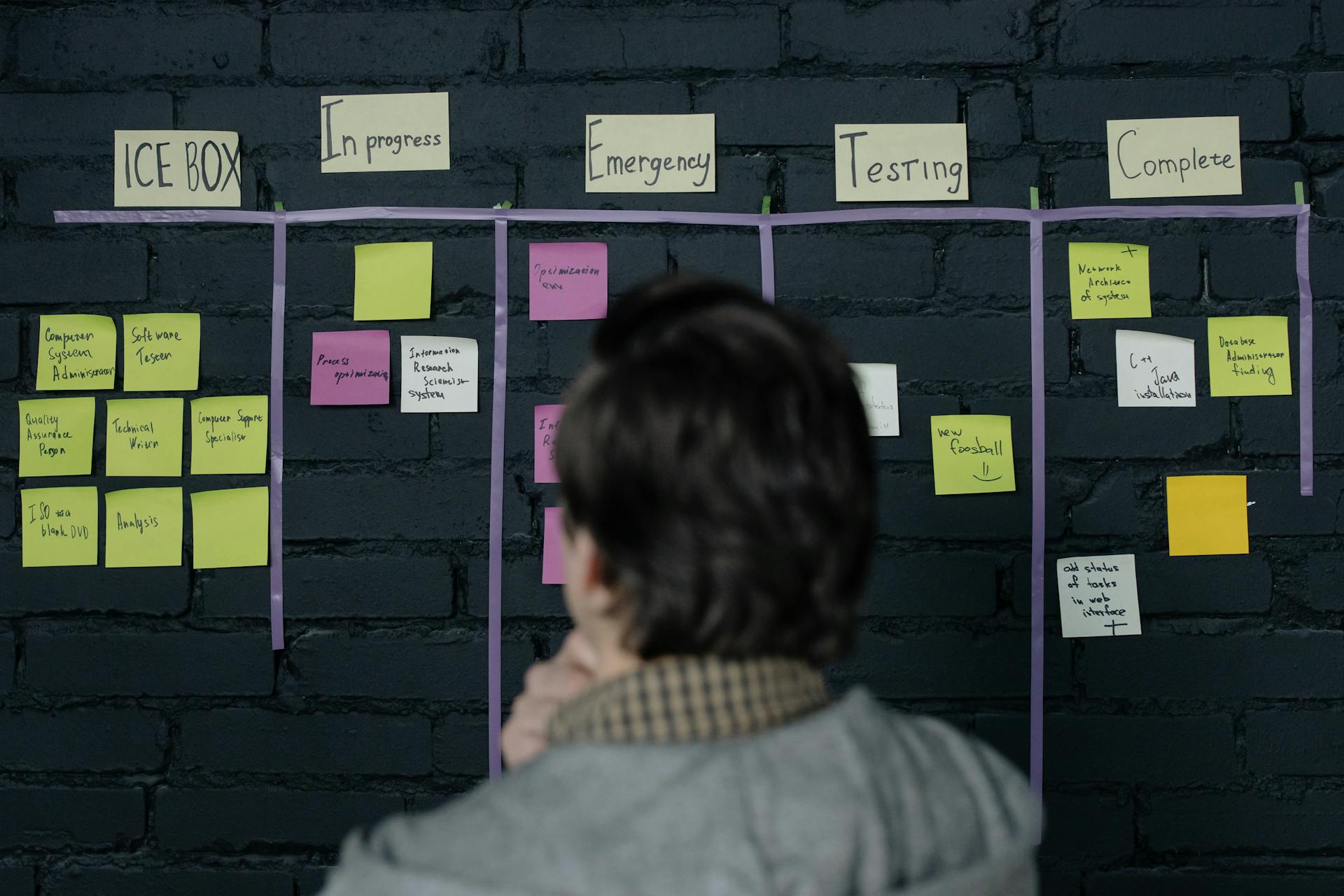Top Tools and Trends Shaping the Future of Data Science
Fri 10/01/2025 15m read 1103 views
How AI and Technology are Changing the Way We Troubleshoot
In a world increasingly reliant on technology, troubleshooting has evolved dramatically. The days of flipping through thick user manuals or waiting hours for tech support are rapidly becoming a relic of the past. Thanks to advancements in artificial intelligence (AI) and cutting-edge technologies, identifying and resolving issues has become faster, more accurate, and often proactive.
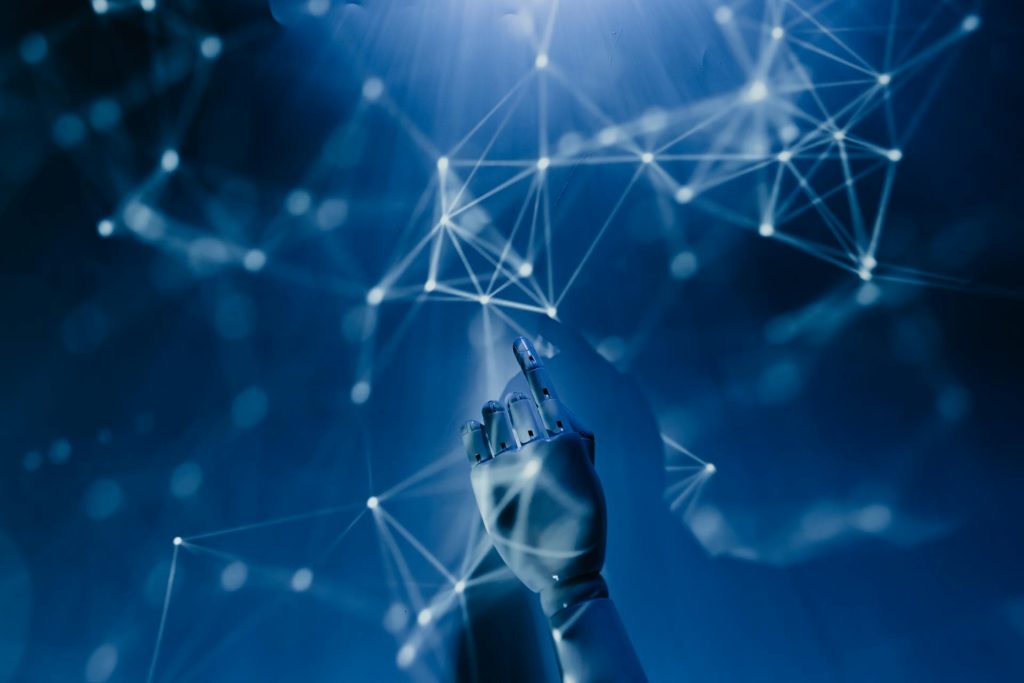
AI-Powered Diagnostics
AI-driven diagnostic tools are transforming the troubleshooting landscape. Machine learning algorithms can analyze vast amounts of data to pinpoint problems in real time. For instance:
- Predictive Maintenance: In industries such as manufacturing, AI systems monitor equipment health through IoT sensors, predicting failures before they occur. This approach reduces downtime and saves costs.
- Automated Customer Support: Chatbots and virtual assistants equipped with natural language processing (NLP) can guide users through troubleshooting steps, offering solutions without human intervention.
- IT Operations: AI tools like AIOps (Artificial Intelligence for IT Operations) detect anomalies, diagnose root causes, and even resolve incidents autonomously, ensuring system reliability.
Technology Bridging Gaps
Innovations beyond AI are also reshaping troubleshooting. Key advancements include:
- Augmented Reality (AR): AR-powered applications enable users to visualize solutions. Technicians, for example, can use AR glasses to receive step-by-step guidance while repairing complex machinery.
- Remote Monitoring and Control: Cloud-based platforms provide real-time insights into systems, allowing for remote troubleshooting and updates.
- Blockchain for Transparency: In scenarios requiring traceability, such as supply chain troubleshooting, blockchain ensures data integrity, making problem resolution more efficient.
Proactive Problem Solving
Traditional troubleshooting was reactive—issues were addressed after they arose. Today, technology emphasizes prevention:
- Self-Healing Systems: Advanced systems can detect and correct issues automatically without human intervention. For example, a server can restart itself when encountering an error.
- Continuous Monitoring: From smart homes to enterprise networks, continuous monitoring tools identify irregularities early, notifying users or fixing the issues directly.
Human-AI Collaboration
Despite AI’s capabilities, humans remain essential in troubleshooting. AI enhances human expertise by:
- Providing Actionable Insights: AI analyzes data and presents clear recommendations, enabling faster decision-making.
- Augmenting Skills: For technicians, AI tools reduce guesswork, allowing them to focus on complex, high-value tasks.
- Enhancing Learning: AI-driven analytics highlight patterns, helping teams improve processes and avoid recurring issues.
Challenges and Ethical Considerations
While AI and technology offer immense benefits, they also present challenges:
- Bias in AI: Algorithms may unintentionally reinforce biases, leading to incorrect diagnoses or unfair outcomes.
- Data Privacy: Troubleshooting tools often require access to sensitive information, raising concerns about security and privacy.
- Dependence on Technology: Over-reliance on automated systems could lead to skill atrophy among professionals.
The Future of Troubleshooting
The integration of AI and advanced technologies is just the beginning. Future trends include:
- Hyper-Personalization: AI will tailor solutions based on user behavior and preferences.
- Quantum Computing: As quantum technology matures, it will revolutionize data analysis and problem-solving capabilities.
- Edge Computing: Decentralized processing, enabled by edge computing, ensures that troubleshooting can occur directly on devices at the network’s edge without reliance on centralized servers. This approach reduces latency, enhances data privacy, and provides instant responses to system irregularities, making it ideal for applications like autonomous vehicles, IoT devices, and remote operations in critical industries.
Conclusion
AI and technology are redefining how we troubleshoot, making processes more efficient, proactive, and accurate. As these innovations continue to evolve, the focus will shift from merely fixing problems to anticipating and preventing them altogether. While challenges remain, the synergy between human expertise and AI promises a future where troubleshooting is seamless and empowering.
Related articles
